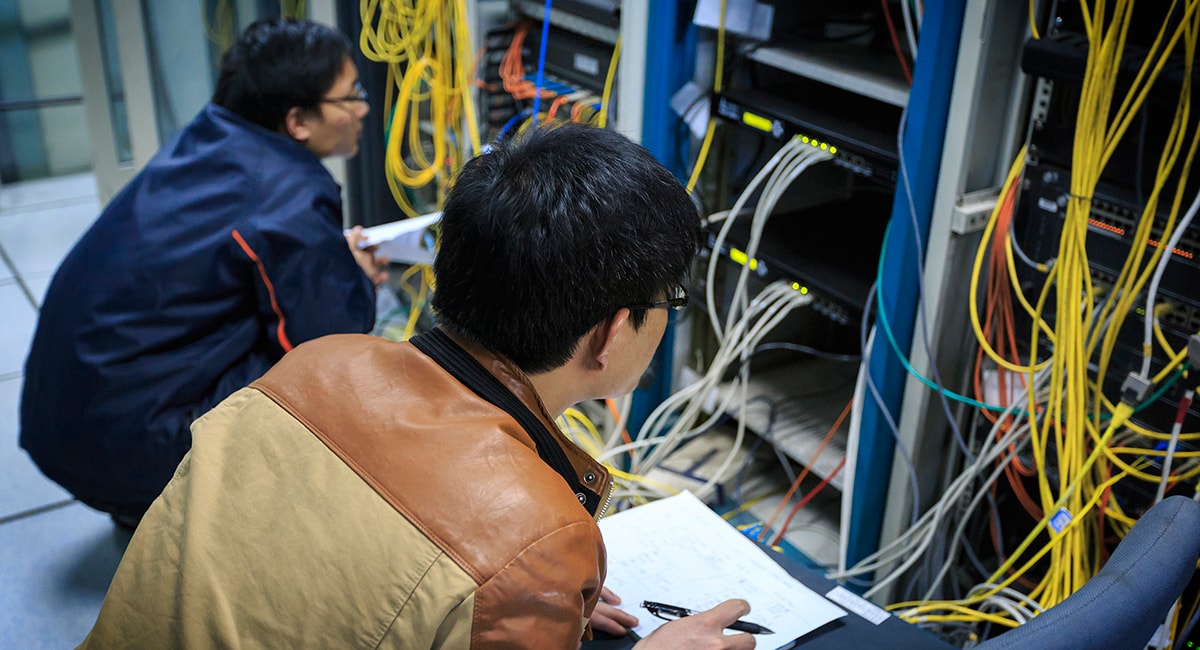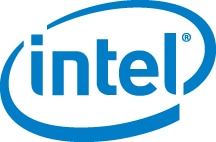December 10, 2019
The Need for NetOps 2.0
Network operations must change to meet businesses’ evolving IT requirements.

A network can be a bit like highway infrastructure. Highways are critical to how we live and work. When traffic moves as expected, no one thinks about it much. However, when issues such as congestion arise, they cause problems for everyone involved.
Roadwork and repairs are difficult, just as the expansion of your network can be. Accidents and outages can greatly impact productivity. Getting ahead of problems quickly and directly can significantly reduce the negative impact on drivers — and users.
Planning upgrades presents a challenge as well, especially in high-traffic environments. Routine maintenance can be time consuming for network administrators, making it difficult to look ahead and perform capacity planning. Instead, admins move from issue to issue, trying to keep traffic moving.
There’s simply so much information flowing over an average IT network that it can be extremely difficult and time-consuming for network engineers to diagnose and fix problems manually. And when a network device is down, engineers can’t work on it remotely (and therefore can’t troubleshoot); instead, they have to travel to the device and restore it in person.
The result: IT professionals’ time is tied up with simply keeping the network running, and the user experience can be affected for hours when problems pop up. A better approach is needed.
Visit CDW.com/networking to learn how CDW can help you modernize your networks.
A New Take on Networks
Enter NetOps 2.0. Although the term first emerged a couple of years ago, it’s not really in widespread use among engineers and IT leaders — at least, not yet. Gartner calls NetOps 2.0 a “mindset” aimed at overcoming network incrementalism, rethinking risk management and making networks more agile. The guiding principals, according to Gartner, include the following:
- Networks must be agile, not fragile.
- Automation should be the default for networks, with manual operation the exception.
- Artificial intelligence and analytics tools automate data gathering and conduct root cause analysis.
- Risk should be managed, not avoided.
- Application programming interfaces, or APIs, allow for standards-based integration and scripting, enabling greater flexibility than command line interfaces.
- “That’s the way we’ve always done it” can get you fired.
That’s a lot to unpack. But at its most basic level, NetOps 2.0 is about embracing analytics and automation in ways that promote network self-monitoring, self-diagnosing and even self-healing, freeing up IT staff for more strategic initiatives. Organizations that have embraced a NetOps 2.0 mindset (whether they’re using that term or not) are adopting systems that aggregate network data and organize that information in ways that help engineers accelerate troubleshooting. Some of these technologies are going a step further, using machine learning and AI to detect patterns and guide network engineers through the steps they’ll likely need to take to restore the network to full functionality.
Keep IT Simple
In addition to helping with network support, a NetOps 2.0 approach can dramatically improve the processes of building out and maintaining networks. Most network changes are made manually via the command line interface, or CLI, and the majority of network outages are due to human error. When an IT professional makes a typo, it sometimes doesn’t affect anything — but at other times, it can affect everything. By moving away from CLIs and toward APIs, NetOps 2.0 tools simplify network design and management, as well as minimize the risk of high-cost human errors.
Skilled labor shortages will also drive organizations to adopt NetOps 2.0 practices and mindsets. The IT industry faces a shortage of technicians and engineers, and most businesses can’t afford to bring on new staffers at high salaries simply to keep their networks running. Instead, the technology increasingly will have to take care of itself, allowing organizations to leverage their highly paid IT staffers for high-value projects.
In IT, we’ve been talking about the promise of self-healing networks for 10 or 15 years. The technology is finally catching up to that conversation and turning the promise into a reality. To stay lean and optimize their operations, organizations will need to catch up to the technology and embrace a NetOps 2.0 mindset.
This blog post brought to you by:


